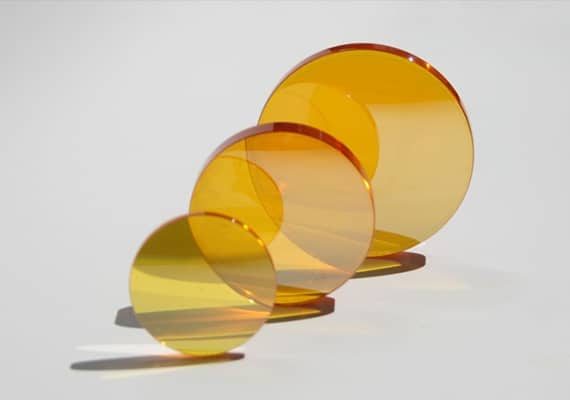This website uses cookies so that we can provide you with the best user experience possible. Cookie information is stored in your browser and performs functions such as recognising you when you return to our website and helping our team to understand which sections of the website you find most interesting and useful.
Privacy Overview
Strictly Necessary Cookies
Strictly Necessary Cookie should be enabled at all times so that we can save your preferences for cookie settings.
If you disable this cookie, we will not be able to save your preferences. This means that every time you visit this website you will need to enable or disable cookies again.
3rd Party Cookies
This website uses Google Analytics to collect anonymous information such as the number of visitors to the site, and the most popular pages.
Keeping this cookie enabled helps us to improve our website.
Please enable Strictly Necessary Cookies first so that we can save your preferences!























4 reviews for Fabric Laser Cutting Machine
Lejla –
Dependable performance from laser cutter. Its efficiency and accuracy have streamlined our production process, boosting our overall productivity.
Paul –
Exceptional cutting precision from laser machine. It’s a reliable tool that consistently delivers clean, accurate cuts, enhancing our product quality.
Liam –
Our laser cutting machine has exceeded our expectations. It’s efficient, and versatile, and has become an integral part of our manufacturing process.
Michael –
Impressed by the durability and performance of CO2 laser cutter. It’s a reliable solution that ensures consistent, high-quality cuts.